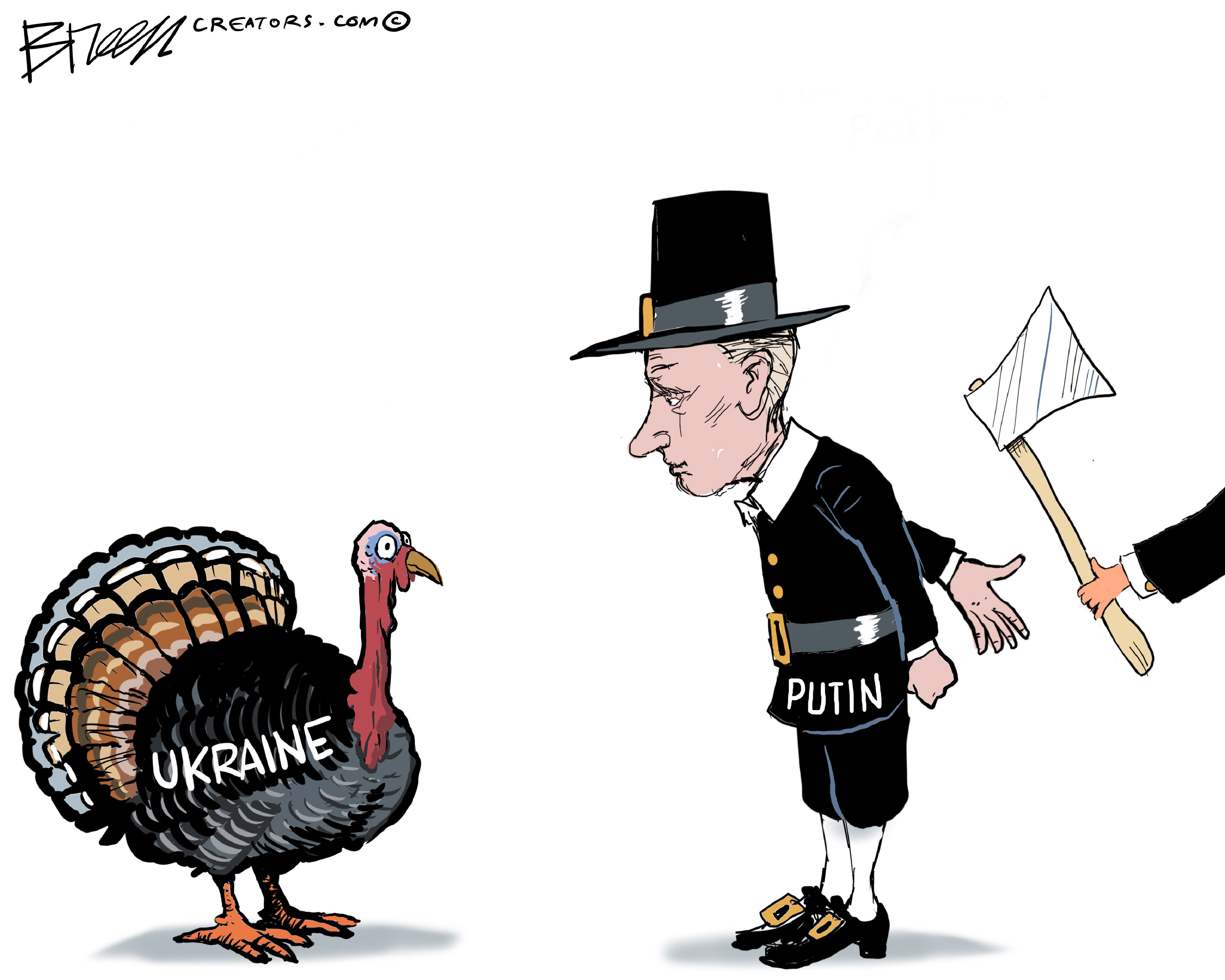Book of the week: House of Cards: A Tale of Hubris and Wretched Excess on Wall Street by William D. Cohan
In this “remarkable new work of financial journalism” William D. Cohan, a former trader, draws on interviews with former Bear Stearns employees to chronicle the collapse of the 85-year-old investment firm.
Book of the week
House of Cards: A Tale of Hubris and Wretched Excess on Wall Street
by William D. Cohan
The Week
Escape your echo chamber. Get the facts behind the news, plus analysis from multiple perspectives.

Sign up for The Week's Free Newsletters
From our morning news briefing to a weekly Good News Newsletter, get the best of The Week delivered directly to your inbox.
From our morning news briefing to a weekly Good News Newsletter, get the best of The Week delivered directly to your inbox.
(Doubleday, 468 pages, $27.95)
The public’s first hint that there was something very wrong in the world economy came one year ago, when 85-year-old investment bank Bear Stearns suddenly collapsed. The Wall Street institution had never posted a quarterly loss. It employed 15,000 worldwide, and CEO Alan Schwartz had earned a healthy $36 million in 2007. Then, one Thursday, investors worried about the bank’s heavy bets on subprime mortgages rapidly began withdrawing assets. Soon, government lawyers and representatives from other banks were swarming around the New York offices, arranging a fire sale to JP Morgan Chase. Such desperate scenes would be repeated with numbing regularity over the next few months, writes former trader William D. Cohan. That makes Bear Stearns a crucial lens through which to understand “the near collapse of capitalism as we have known it.”
“First drafts of history don’t get much better than this,” said James Pressley in Bloomberg.com. Drawing on interviews with principals from the boardroom on down, Cohan creates a “fly-on-the-wall” account of the bank’s farcical final days. Schwartz had to rush back from a conference in Florida, we learn, when he got wind of the bank run. Chairman Jimmy Cayne, meanwhile, stubbornly stayed on at a bridge tournament in Detroit. Some may find it hard to believe that such highly compensated executives could be quite so “lackadaisical” in the way they ran the bank, said John Gapper in the Financial Times. But Cohan’s “amusing yet flabbergasting” chronicle reminds us that Bear Stearns was always known less for its financial acumen than for its “profane, aggressive” corporate culture. Run more like a club than a bank, it was wholly unprepared to weather heavy losses.
Neither were any of the other big Wall Street banks, of course, said Tim Rutten in the Los Angeles Times. Yet, as Cohan’s “remarkable new work of financial journalism” underscores, all of them messed around in derivatives and other complex financial instruments that hardly any of their traders understood. Cohan’s “hands-on experience of this exotic corner of the financial industry” allows him to explain its intricacies in “ordinary language.” But his real achievement is reportorial, documenting one particular corporation’s culture so thoroughly that we come to see its “devastating heedlessness and wanton venality” as the natural outgrowth of a business culture that glamorized and rewarded risk.
A free daily email with the biggest news stories of the day – and the best features from TheWeek.com
-
 5 critical cartoons about the proposed Russia-Ukraine peace deal
5 critical cartoons about the proposed Russia-Ukraine peace dealCartoons Artists take on talking turkey, Putin's puppet, and more
-
 Could Trump run for a third term?
Could Trump run for a third term?The Explainer Constitutional amendment limits US presidents to two terms, but Trump diehards claim there is a loophole
-
 Political cartoons for November 28
Political cartoons for November 28Cartoons Friday's political cartoons include economic diagnosis, climate distractions, and more